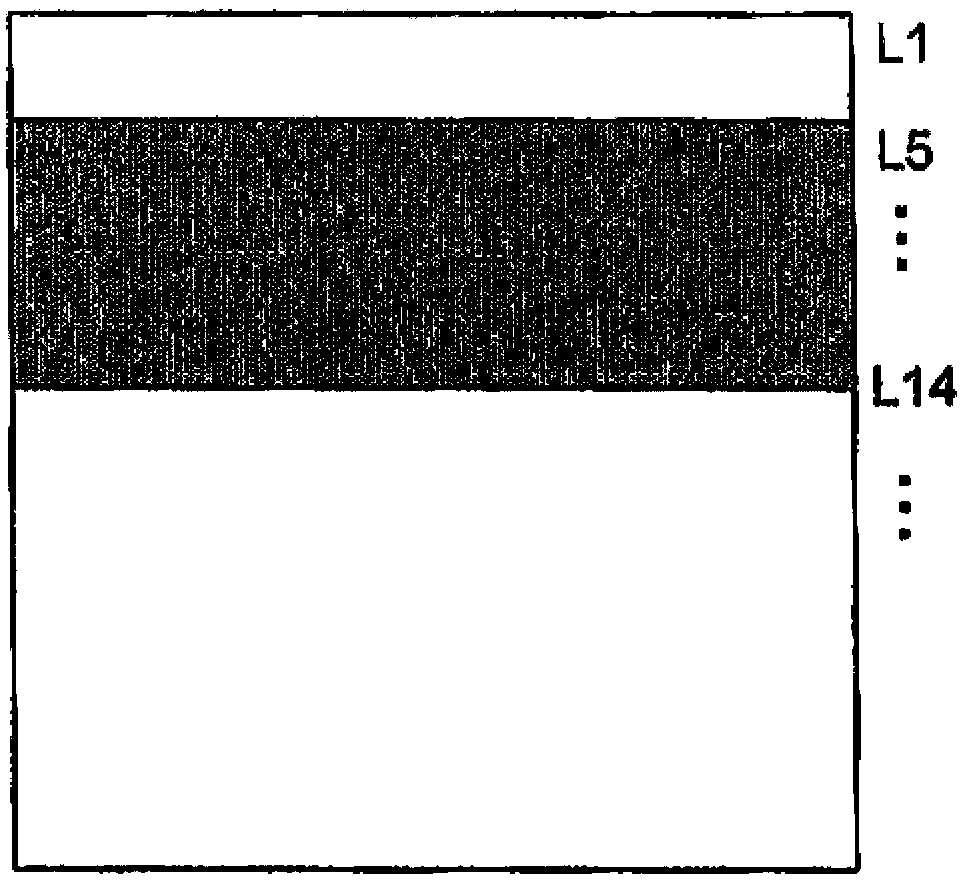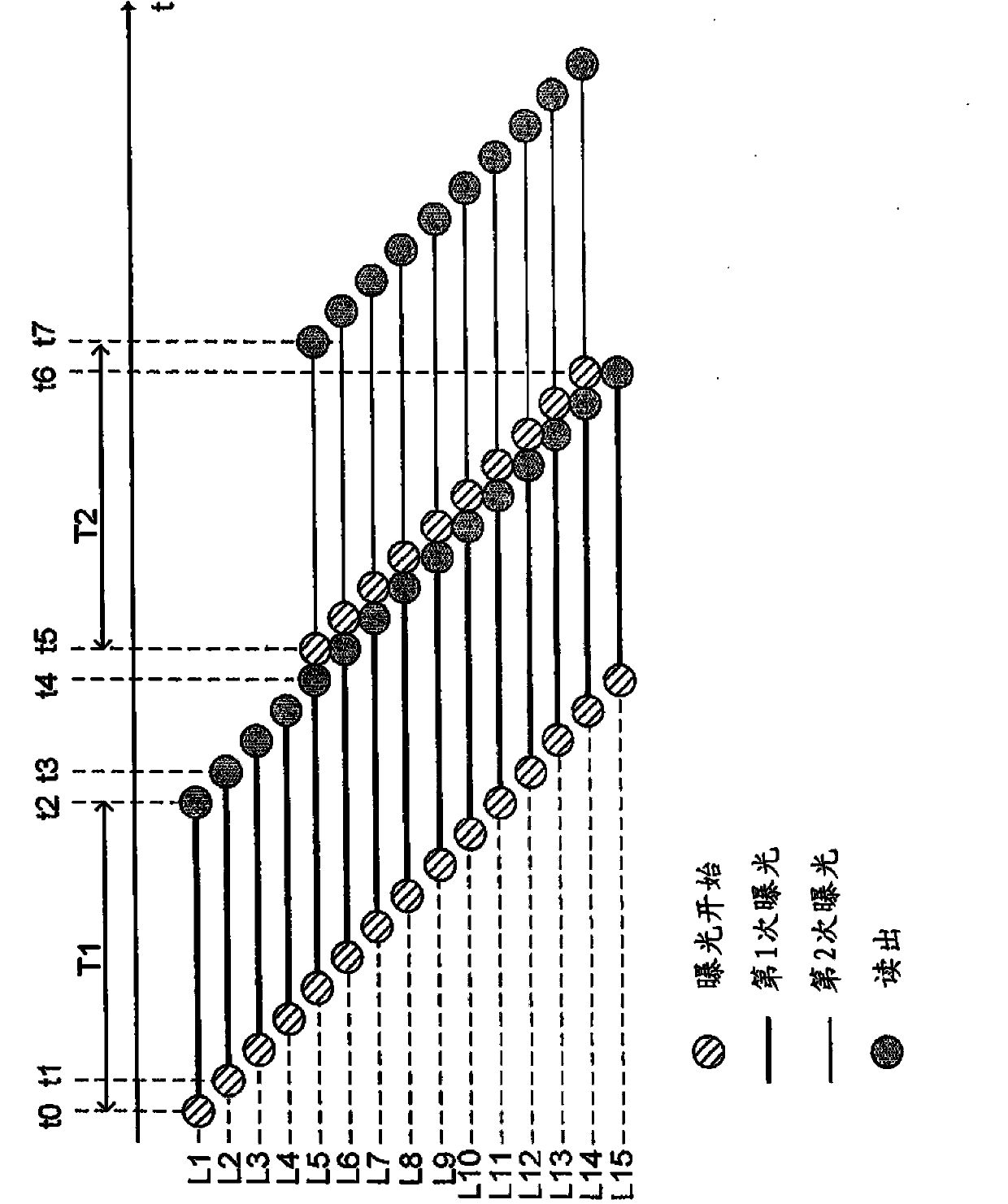Light receiver, light reception method and transmission system
A technology of light-receiving device and light-receiving part, which is applied to parts of TV systems, picture signal generators, TVs, etc., can solve the problems of large time difference and inability to shoot accurately, and achieve the effect of reducing time difference
- Summary
- Abstract
- Description
- Claims
- Application Information
AI Technical Summary
Problems solved by technology
Method used
Image
Examples
no. 1 Embodiment approach )
[0029] figure 1 It is a block diagram showing a schematic configuration of the light receiving device according to the first embodiment. The light receiving device includes a light receiving unit 1 , a multiple exposure area selection unit 2 , a multiple exposure control unit 3 , an X direction controller 4 , a Y direction controller 5 , and an AD (Analog to Digital) converter 6 .
[0030] The light receiving unit 1 is a CMOS (Complimentary Metal Oxide Semiconductor) sensor, a CCD (Charge Coupled Device) sensor, or the like, and has a plurality of light receiving elements arranged in a matrix. More specifically, M light-receiving elements are arranged in the X (column) direction, and N light-receiving elements are arranged in the Y (row) direction. In other words, the light receiving unit 1 has N lines each including M light receiving elements. In addition, a predetermined range in front of the light receiving unit 1 can be imaged by exposing each light receiving element.
...
no. 2 Embodiment approach )
[0053] In the first embodiment described above, the multiple exposure area selection unit 2 selects the single exposure line and the multiple exposure line based on the register setting from the outside. On the other hand, in the second embodiment described below, selection is made based on an image obtained as a result of exposure, and an image obtained from the exposure amount of a line subjected to one exposure and an image obtained from a line exposed multiple times are used. Image processing is performed on the image obtained at the exposure level.
[0054] Figure 5 It is a block diagram showing a schematic configuration of the light receiving device according to the second embodiment. The main difference from the first embodiment is that the light receiving device further includes a frame buffer 8 , an image processing unit 9 , and processing by the multiple exposure area selection unit 2 .
[0055] The frame buffer 8 uses the output of the AD converter to generate an...
no. 3 Embodiment approach )
[0065] The third embodiment is one of the specific examples of the second embodiment, and is an example in which face detection is performed and noise removal processing is performed.
[0066] Figure 7 It is a block diagram showing a schematic configuration of the light receiving device according to the third embodiment. The multiple exposure area selection unit 2 in the present embodiment is a face detection unit 2 a that detects a human face from an image for multiple exposure area selection. Face detection is performed using a known method, such as detecting a face based on features such as skin color, eyes, nose, and mouth. In addition, the image processing unit 9 in the present embodiment is a noise removal unit 9 a that performs noise removal processing using the entire image and partial images.
[0067] Figure 8 is description Figure 7 The diagram of the processing operation of the light receiving device.
[0068] Figure 8 (a) is an example of an image for mul...
PUM
 Login to View More
Login to View More Abstract
Description
Claims
Application Information
 Login to View More
Login to View More - R&D
- Intellectual Property
- Life Sciences
- Materials
- Tech Scout
- Unparalleled Data Quality
- Higher Quality Content
- 60% Fewer Hallucinations
Browse by: Latest US Patents, China's latest patents, Technical Efficacy Thesaurus, Application Domain, Technology Topic, Popular Technical Reports.
© 2025 PatSnap. All rights reserved.Legal|Privacy policy|Modern Slavery Act Transparency Statement|Sitemap|About US| Contact US: help@patsnap.com



